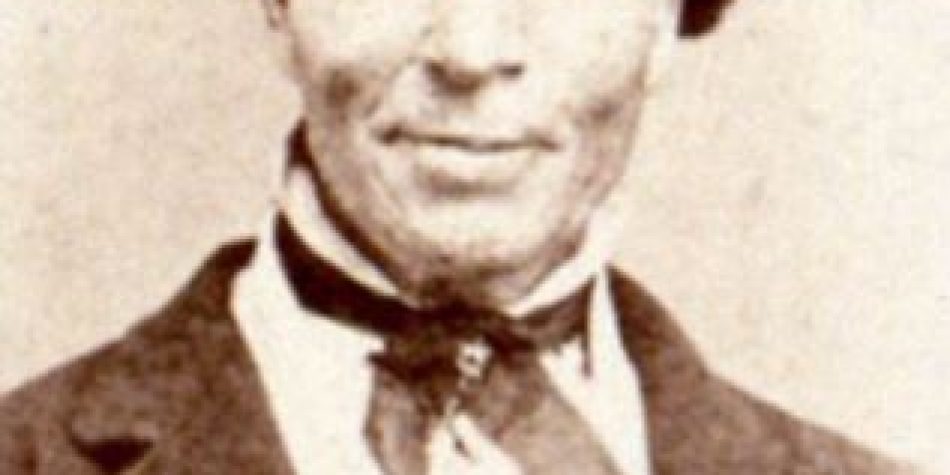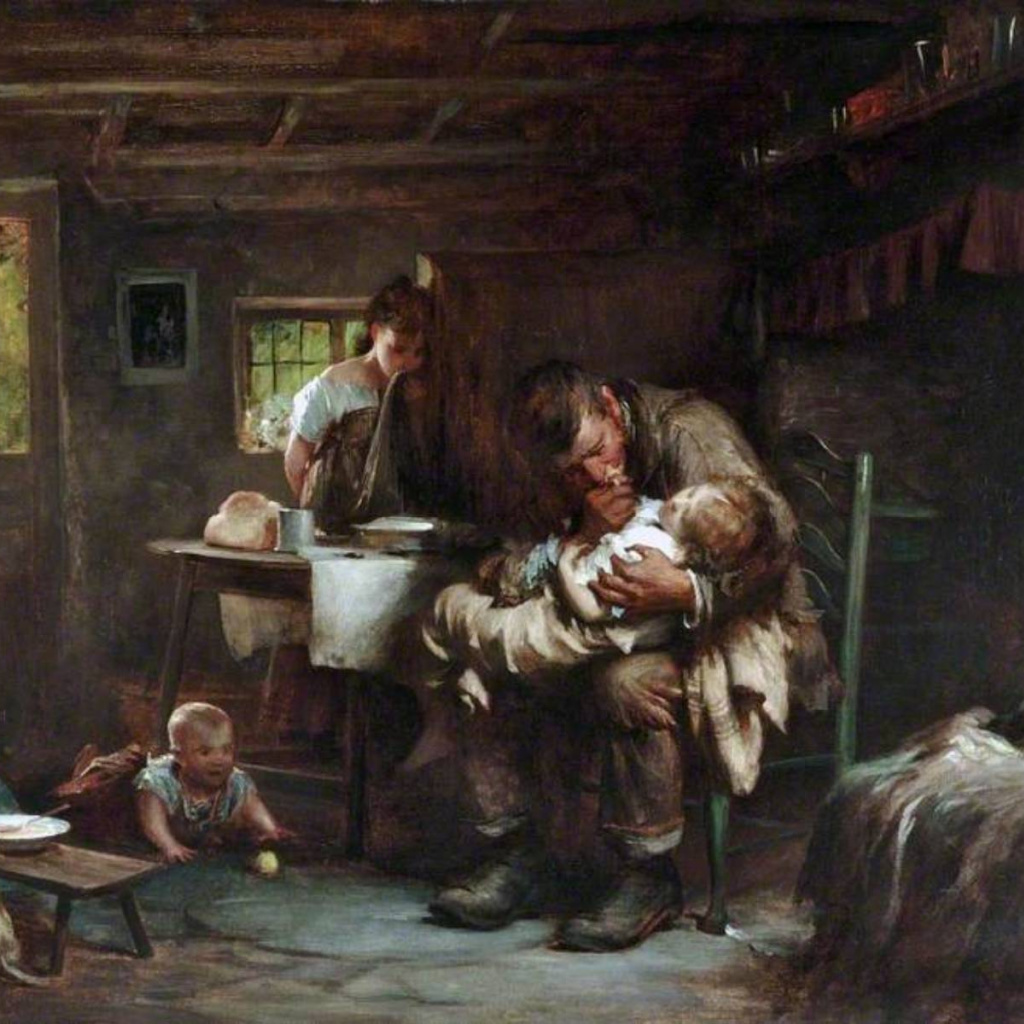It’s been common to hear among critics of the Church of Jesus Christ claims that our faith’s history is uniquely, especially racist. Compared with other communities throughout history (the argument goes), Latter-day Saints as a people reflected a saddening, tragic amount of racial animus that ought to give pause to those who are members—or considering becoming members today.
While attention to past examples of racism can be a helpful part of ongoing efforts to heal, these critics go much further, painting Latter-day Saints as having a uniquely racist history. This claim has been repeated so often, by so many people, on so many occasions, that it’s hardly even questioned anymore. Entire books have propounded the thesis, with podcasts and symposia taking it as their starting point. Little wonder that increasing numbers hardly question the narrative anymore.
It does surprise us, however, that so few are asking anymore the most important question of all: Is this true?
Since the historical record confirms that attitudes, policies, and practices of racial prejudice too often influenced Latter-day Saints of previous eras, modern readers are right to look back on this with sorrow. But acknowledging racism that existed is different than concluding it was uniquely notable.
Throughout most human history, the enmity of one ethnic group towards another has been tragically pervasive. And 19th-century white Latter-day Saints lived within a context of the trans-Atlantic slave trade, with all the associated rhetoric used to justify it. From this perspective, it’s not all that remarkable to note instances of racist attitudes or behavior among early Church members or leaders. Yes, they had a higher standard to follow, and so some unique disappointment is fair. Yet the fact remains that these early leaders and members grew up in the shadow of chattel slavery, so it is predictable that many white Latter-day Saints—and white Americans—would succumb to their surrounding circumstances. None of this is to minimize the real pain this restriction brought so many.
In many ways, then, racism has been the norm throughout history, with heartbreaking ethnic conflict endemic up to this very day. Where racial harmony has occurred, it has been an anomaly, and most often inspired by Christian teaching.
Case in point, against this larger American context, Joseph Smith disrupted notions of race in meaningful ways, even leading associates like Orson Hyde and Zebedee Coltrin to be troubled at his effrontery. During the first two decades of the Church’s existence, as summarized in a Church essay on the topic, “people of every race and ethnicity could be baptized and received as members,” with no evidence of any man being denied the priesthood. A few black men were also ordained, including one Q. Walker Lewis, who Brigham Young praised, saying, “We have one of the best Elders, an African.”
Shortly before his martyrdom, Joseph Smith mounted an anti-slavery platform in his presidential campaign and proposed buying back slaves through national debt, an idea later championed by Ralph Waldo Emerson.
After his death, many of the Latter-day Saints of subsequent generations unfortunately reverted to prevailing attitudes. Modern Saints are right to mourn that reversion—and to be grateful for President Russell M. Nelson’s reiteration in our day of the need to not only “abandon attitudes of prejudice” but also to proactively “build bridges of cooperation instead of walls of segregation.”
But again, we return to the critical question: have the Saints historically held more such prejudice than surrounding communities? Once again, context is really important to a fair answer and complete answer. Many Missourians perceived Latter-day Saints as a threat to the legality of slavery and declared (wrongly) that they were encouraging black immigration. As W. Paul Reeve has pointed out, the Saints were also widely seen as a degenerate race themselves—which, he argued, contributed to some attempts to “prove their whiteness” by reaffirming some racial boundaries. Despite this, Latter-day Saint congregations in the United States were never formally segregated by anything other than language.
Yet these accusations had an effect. And unfortunately, in the moment the Latter-day Saints faced accusations of “abolitionism”—a much-dreaded label among respectable people at the time—they retreated. Subsequent priesthood restrictions have been emphasized by some as proof of a distinctive level of prejudice. It’s true the Church took longer to remove priesthood restrictions than many had hoped—including previous leaders. But since nearly the establishment of the restrictions ca. 1847, contemporaries were challenging Latter-day Saint racial teachings. The removal was something President McKay and others had sought and desired. But leaders had not felt God’s blessing and direction to do so until 1978. And like the Apostle Peter’s eventual willingness to follow God’s direction to gather a wider net of believers in the ancient Church, the modern Church has been better and stronger for following that same direction since. Healing requires truth.
None of this is to minimize the real pain this restriction brought so many. Indeed, the aforementioned Elder Lewis, after nearly ten years as a member of the Church, only spent a year in Utah before returning to Massachusetts in 1852. It is unknown how he felt about the Church since then, but it’s clear he encountered some hurtful attitudes and conditions that would have tested his faith. In 1879, Elijah Able, the first documentably ordained black elder in the Church (pictured above), requested his endowment, but was denied. An endowment petition from Jane James met the same outcome.
There’s a reason President Nelson is speaking out about race. And however much far-right critics like to pretend the Church is merely caving to politically correct attitudes and liberal activists, we believe there are divinely-inspired reasons for his teaching.
Simply put: healing remains needed, which is why efforts such as the Church’s expanding collaboration with the NAACP feel so encouraging.
Yet that healing requires truth. That’s why, while acknowledging Joseph Smith’s concerns about slavery and his personal example of positive race relations, we should not overstate how singular or exceptional he was on this topic. Like many other Christians, Joseph adopted Canaan/Ham/Cain explanations of racial differences and opposed interracial marriage. And there were many others in early American history, even within the Latter-day Saint community, who were far more vigorous in rejecting slavery and racialized teachings. For instance, Apostle Lorenzo Snow, an alum of an abolitionist college, pressed Brigham Young to “unlock the door” to Africa-descended people. And Orson Pratt lamented President Young’s support of racial policies adopted by Utah’s legislature, and said they would “cause the angels in heaven to blush.”
By 1900, Latter-day Saint race teachings had become mired in rumor, hearsay, and ambiguity, with just as many observers questioning the origins of the ban as were affirming it. Truthful engagement requires us to acknowledge this history.
At the same time, we urge critics to shear their commentary of the kind of incendiary rhetoric meant to inflame rather than to illuminate. Black Latter-day Saints’ lives should not be fodder for those seeking primarily to inflame and condemn. And a full acknowledgment of Latter-day Saint history requires attention to the broader context of the systems that produced the deeply-racialized America of the previous centuries. Latter-day Saints, like other communities, adopted, absorbed, and incorporated those attitudes, practices, and teachings amidst a centuries-long whirlwind of slave trading, racial fears, and political strife.
Like most things, then, the full truth is more complex than most people want it to be. On that basis, we call today on people to re-examine their insistence that Latter-day Saint history is inherently more fraught with racial animus than any other community. Yes, more should have been done to follow Joseph Smith’s own example, especially given the expansive beauty of the doctrine. And yes, there are failings in our history we are right to mourn over.
But there are also things to celebrate about that same history, and ways in which early Latter-day Saint leaders challenged the racial norms of their day.
So, let’s try and appreciate the whole picture—mourning for the suffering that came from past failings, and rejoicing in progress that continues to be made today. Instead of over-interpreting and over-stating the centrality of these attitudes in both the history and doctrine of the Church of Jesus Christ, may we work harder to judge fairly and honestly the reality of things as they are.
Special thanks to Russell Stevenson for his invaluable review and feedback.















